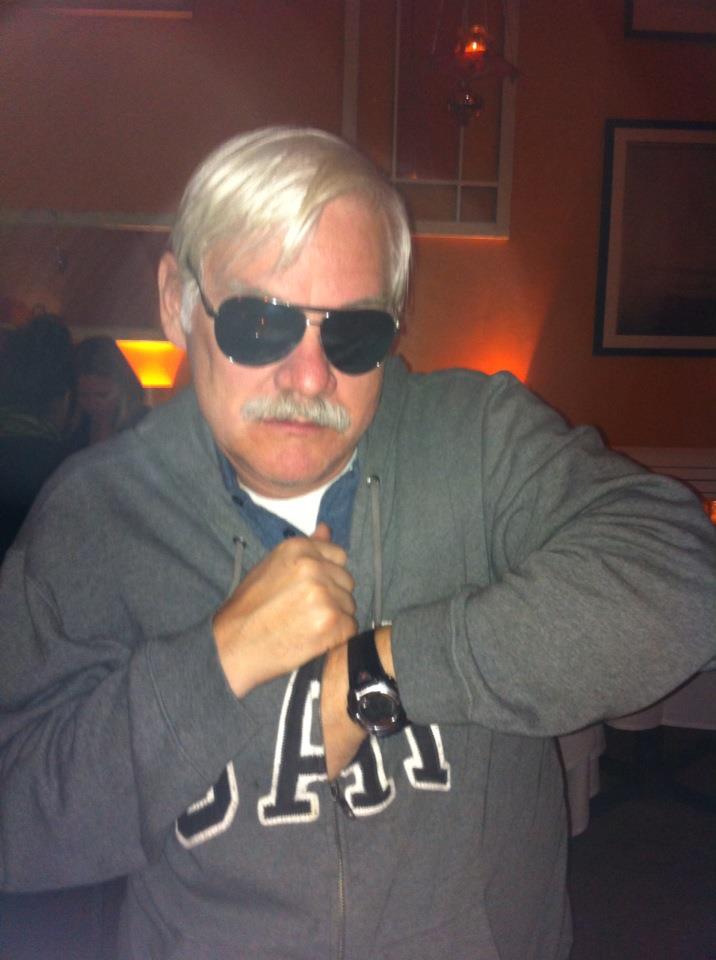In recent years, the United States has been tending towards a similar reign by its oligarchs. In this case, however, the oligarchs control medicines and banking. By taking a step back and looking at the United States and recent developments, it is easy to see how suspect drugs are passing more and more easily through government regulations and winding up on consumer shelves and in the ready hands of doctors. These same drugs are often recalled in only a few short years after disastrous and often deadly results are brought to light. At the same time, the deregulation of the financial sector has led to a complete economic meltdown where these same oligarchs are allowed to recuperate their financial losses at the expense of the population as a whole. If left unchecked, there will soon come a day when the average American will see the same type of � ���"Especulacià �n� �� � committed on their department store shelves, or banks, or hospitals, with the same disastrous results.
Alvaro Obregà �n was the only true winner at the end of the civil war. He did not participate in the first years and was a mere cavalry commander in 1912 when the defeated Orozco tried to cross into Sonora with his army after his defeat at Rellano. But Obregà �n's quick victories and out-of-the-box tactics impressed General Huerta and his rise inside the military was mercurial. According to McLynn, � ���"he was the first person to advocate that each soldier should dig his own fox hole.� �� �
When Huerta betrayed President Madero and succeeded him as President of Mexico, Obregà �n turned against him and joined forces with General Villa and his Divisià �n de la Norte army. Eventually, Obregà �n would wind up defeating Pancho Villa in a series of battles that saw him lose his right arm as a result. His cunning and daring propelled him to the top, but after a fall out with newly elected Carranza as president, Obregà �n decided to retire to his ranch and await the following election. In 1920, he became President of Mexico and effectively ended the tumult and uncertainty of the civil war.
The two most famous protagonists of the civil war, Emiliano Zapata and Pancho Villa, actually entered the fray rather reluctantly and innocently. Zapata was born to a mestizo family who spoke nahuatl rather than Spanish. His skills as an orator and horseman brought him fame in his village of Anenecuilco and he was asked to represent them. As his fame grew regionally, along with his passion to help his neighbors retrieve the land stolen from them by the rich hacendados, he began recruiting an army of peasants to stand up to the federal government.
Zapata was considered a Mexican dandy in all its pretense and pomp. He often wore charro outfits with colorful neckerchiefs, brightly colored shirts, black short coats and tight leather pants with silver buttons going down the sides. The customary sombrero added the finishing touches to his dandy attire.
Zapata never liked Porfirio Diaz nor his successor, Francisco I. Madero. He was extremely untrustworthy of all city folk and looked down on Mexico City as a corrupt place full of insincere people. In fact, the only person Zapata ever came to trust was Pancho Villa and even then, it wasn't a blind trust, but rather a suspicious recognition of Villa's work to liberate those from his region, � ���"so far.� �� � To the end, Zapata fought the government in all its manifestations for the rights of the indigenous farmer and worked tirelessly to end the hacendados' stranglehold on land reform. His push for reform only reached the small state of Morelos, his home state, and the few adjacent ones, never really encompassing much of Mexico at all and rarely mentioned outside of the inner circles of those directly involved in the civil war.
(Note: You can view every article as one long page if you sign up as an Advocate Member, or higher).





